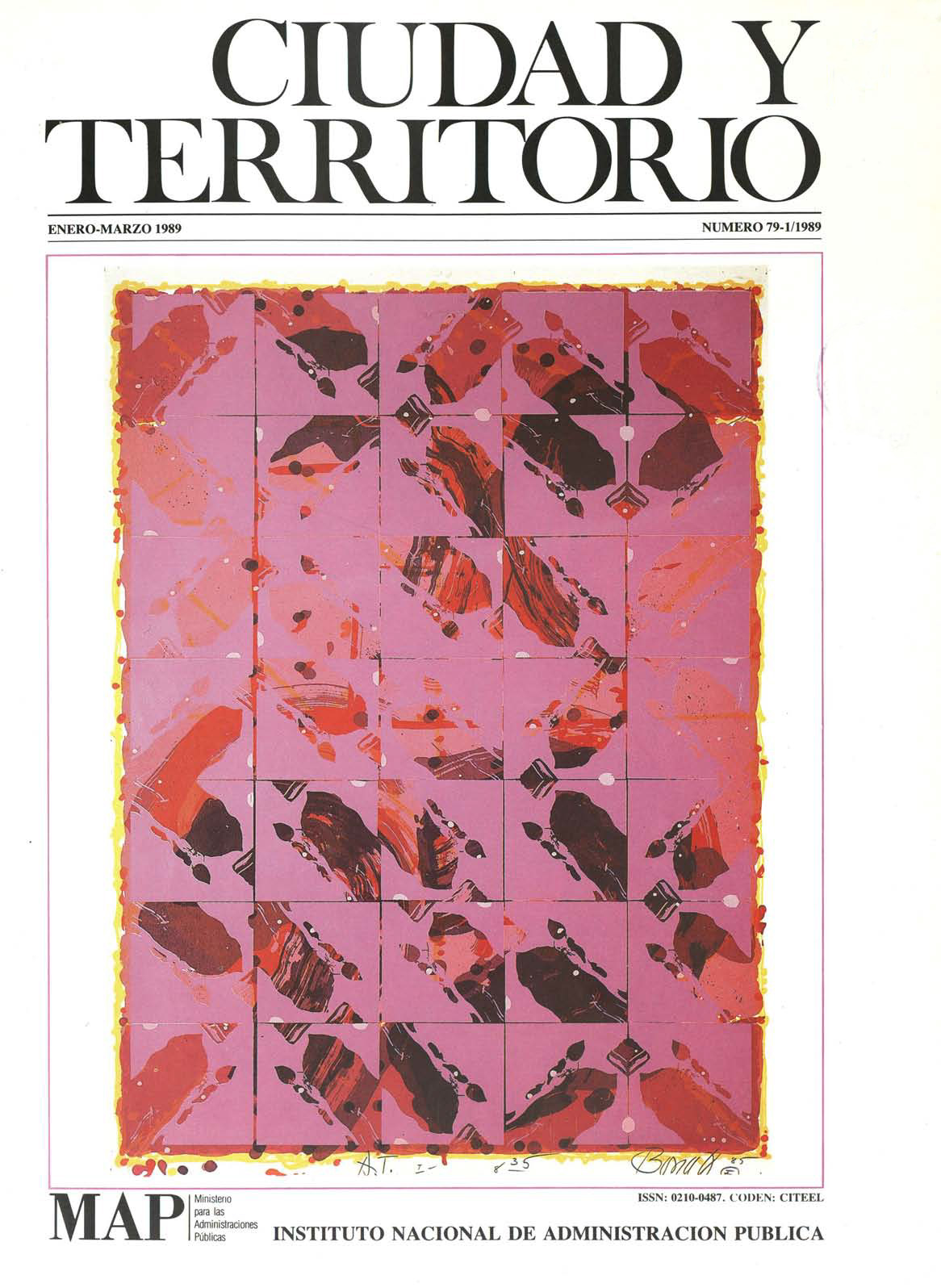Architectural theory and urbanistic discourse : Of «beautification » through to overall reform in the XVIII C. City
Abstract
Recent years have seen a renewed interest in the beginnings of urbanism and its original nature. This examination has much to do with that other as to the relation between discreet urban projects and overall planning in the present day. In the second half of the XIII Century, the notion of «Embellissement» (ornamentation or beautifying) went hand in hand with functional objectives and a reform of the city at large. A re-reading of Laugier's famous «Essai» in which the city is held to be like a copse (a wood and yet a prak) shows that this idea in point, thought it might appear to be formalist, has within it a hard centre of functionalism. The paper goes into the development and importance of such ideas and attempts to trace a relation between them and contemporary changes in thought in established disciplines from Geography and Medicine right on through to changes in thought as to the best «policing» of cities. In the light of the foregoing, we can now-or so the paper holds- understand the Plan of the Artists for Paris (1793-97 ) as something more than a mere formal exercise. The paper does not set out to be historialogically original but rather to exalt the importance that this plan in question and many others such had in their «geometricality» as signs of an altering urbanistic universe of discourse.
Downloads
Downloads
Published
How to Cite
Issue
Section
License
Copyright (c) 1989 Francisco Javier Monclús Fraga

This work is licensed under a Creative Commons Attribution-NonCommercial-NoDerivatives 4.0 International License.
Considering the provisions of the current legislation on Intellectual Property, and in accordance with them, all authors publishing in CyTET give -in a non-exclusive way and without time limit- to the Ministry of Transport, Mobility and Urban Agenda the rights to disseminate, reproduce, communicate and distribute in any current or future format, on paper or electronic, the original or derived version of their work under a Creative Commons Attribution-NonCommercial-NoDerivative 4.0 license International (CC BY-NC-ND 4.0), as well as to include or assign to third parties the inclusion of its content in national and international indexes, repositories and databases, with reference and recognition in any case of its authorship.
In addition, when sending the work, the author(s) declares that it is an original work in which the sources that have been used are recognized, committing to respect the scientific evidence, to no longer modify the original data and to verify or refute its hypothesis. Author(s) also declare that the essential content of the work has not been previously published nor will it be published in any other publication while it is under evaluation by CyTET; and that it has not been simultaneously sent to another journal.
Authors must sign a Transfer of Rights Form, which will be sent to them from the CyTET Secretariat once the article is accepted for publication.
With the aim of promoting the dissemination of knowledge, CyTET joins the Open Journal Access (OA) movement and delivers all of its content to various national and international indexes, repositories and databases under this protocol; therefore, the submission of a work to be published in the journal presupposes the explicit acceptance by the author of this distribution method.
Authors are encouraged to reproduce and host their work published in CyTET in institutional repositories, web pages, etc. with the intention of contributing to the improvement of the transfer of knowledge and the citation of said works.








 Enlace a CyTET en Linkedin
Enlace a CyTET en Linkedin